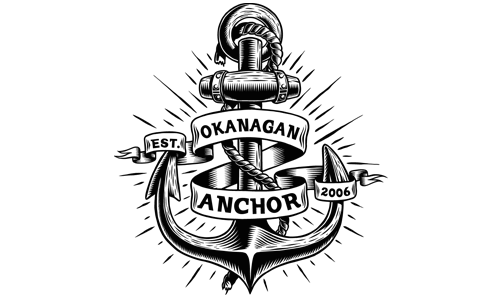Rope is of paramount importance in fields as diverse as construction, seafaring, exploration, sports, theatre, and communications; and has been used since prehistoric times. To fasten rope, many types of knots have been invented for countless uses. Pulleys redirect the pulling force to another direction, and can create mechanical advantage so that multiple strands of rope share a load and multiply the force applied to the end. Winches and capstans are machines designed to pull ropes. Okanagan Anchor offers a large variety of ropes available and can help you make the best selection for your use. Get in touch with us, we would be happy to help you out.
The types of ropes that are available:
- Manila
- Double Braid
- Polysteel
- 3 Strand
- Dyneema
- Amsteel
- Nylon Solid Braid
- Hollow Braid
- Twine
- Float Line
- Polypropylene
- Shock Cord
- Anchor Line
Tips, Tricks & Facts!
The weaker rope will have to work harder and as a result will have to be retired sooner.
A load of 200 lbs represents 2% of the strength of a rope with a breaking strength of 10000 lbs. The same load represents 4% of the strength of a rope that has breaking strength of 5000 lbs.
Twisted rope has lower strength and more stretch. Braised rope has higher strength and lower stretch.
"Shock loading" A sudden load that exceeds the working load by more than 10% is considered a shock load.
A rope that has undergone shock loading can fail at a later time even though it is loaded within the working load range.
A soft or loose rope construction will snag easily and abrade quickly causing accelerated strength loss.
Choosing the right rope construction plays an important role in the longevity of the ropes because of how it impacts resistance to normal wear and abrasion.
Braided ropes have a round, smooth construction that tends to flatten out somewhat on a weight bearing surface.
